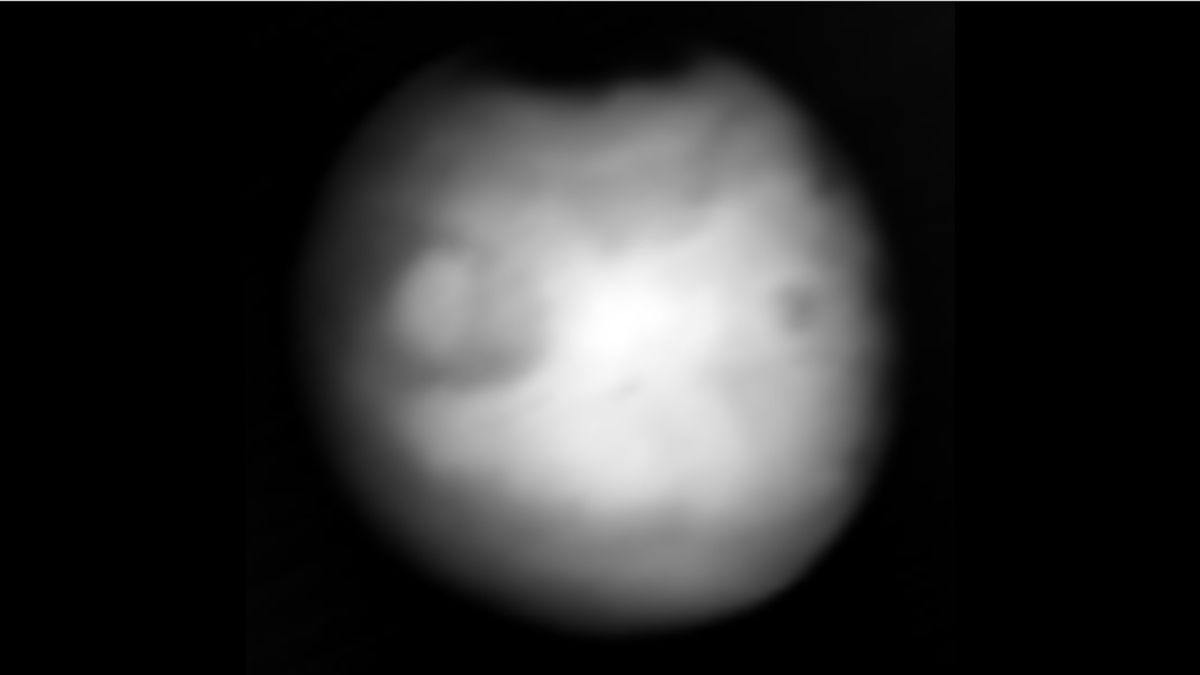ARTICLE AD BOX
 AST SpaceMobile says its gigantic phased array antennas are supported by over 3,450 patent and patent-pending claims. Credit: AST SpaceMobile
AST SpaceMobile says its gigantic phased array antennas are supported by over 3,450 patent and patent-pending claims. Credit: AST SpaceMobile
TAMPA, Fla. — AST SpaceMobile plans to launch satellites for its direct-to-smartphone broadband constellation every one to two months starting in July, aiming to begin beta services for AT&T and Verizon in the United States before the end of the year.
Five launches across multiple providers have been contracted over the next six to nine months, the Texas-based venture announced May 12 during earnings results.
The company plans to start offering broader commercial services in early 2026, including video conferencing, for anchor mobile operator partners seeking to keep their subscribers connected outside cell tower coverage.
India’s GSLV rocket is slated to carry AST SpaceMobile’s first Block 2 BlueBird satellite, which the operator said is scheduled to ship from its Texas facility in June.
At three times the size of each of the five Block 1 BlueBirds launched last year on a SpaceX Falcon 9 rocket, the satellite would surpass its predecessors to become the largest commercial antenna ever deployed in low Earth orbit.
Abel Avellan, AST SpaceMobile founder and CEO, said that from the second or third launch this year, Block 2 BlueBirds would feature in-house developed chips to support peak data rates of up to 120 megabits per second at 10 times the capacity of Block 1.
Subsequent launches would also deploy between three and eight Block 2 satellites at a time, depending on the rocket, Avellan told investors during the company’s earnings call.
Avellan said in November that two Falcon 9 launches would likely follow the initial Indian launch, with later missions using Blue Origin’s New Glenn rockets, whose larger fairings can accommodate up to eight Block 2 satellites per flight.
Blue Origin recently said New Glenn could be ready to fly again as soon as late spring, following a failed booster landing on its inaugural flight earlier this year.
According to AST SpaceMobile, non-continuous connectivity services could start in the U.S. with just 25 BlueBirds, while 45-60 satellites would be needed for continuous coverage across the U.S., Europe and Japan.
“Some of the earlier launches will have fewer than full capacity,” AST SpaceMobile chief strategy officer Scott Wisniewski said during the earnings call, “but we would really like to be in a position to have 20 satellites up … as soon as we can.”
Ramping Up
Avellan said AST SpaceMobile is on track to produce 40 satellites in 2025 as it ramps up facilities to churn out six per month toward the end of the year.
The company expects to record between $230 million and $270 million in capital expenditures in the three months to the end of June as it scales launch activities, up from $124 million in the first quarter of 2025.
Higher direct materials costs impacted by recently imposed tariffs have also inflated the estimated average capital cost for a constellation of over 90 Block 2 BlueBirds, increasing to $21 million–$23 million per satellite from the prior estimate of $19 million–$21 million.
AST SpaceMobile ended March with $874 million in cash after raising more than $400 million through a convertible debt offering earlier this year.
To fund its expansion plans, the company said it recently entered a six- to nine-month due diligence phase with multiple U.S. and international export development agencies to raise more than half a billion dollars.
AST SpaceMobile is also evaluating an equipment loan facility of between $50 million and $100 million to support its factory operations.
In the meantime, the company secured an agreement May 13 with investment banks for a $500 million at-the-market (ATM) equity program to raise additional capital over the next three years.
Funding needs would also be supported by revenues, Avellan said.
The company projects between $50 million and $75 million in sales in the second half of 2025 from a mix of government contracts, gateway installations for telco partners and early service revenues.
Avellan also said AST SpaceMobile’s technology positions the company to be an “important contributor” to the U.S. government’s $25 billion Golden Dome missile defense program.
“We think the size and power of our satellites are unique and completely differentiated [from] what can be done by industry or by our adversaries,” he said, “and we think that our technology will enable applications for national security that are going to be important for this particular program.”
He did not elaborate on how the company’s technology could specifically contribute to Golden Dome.
Jason Rainbow writes about satellite telecom, finance and commercial markets for SpaceNews. He has spent more than a decade covering the global space industry as a business journalist. Previously, he was Group Editor-in-Chief for Finance Information Group,... More by Jason Rainbow

 2 hours ago
1
2 hours ago
1








 English (US) ·
English (US) ·